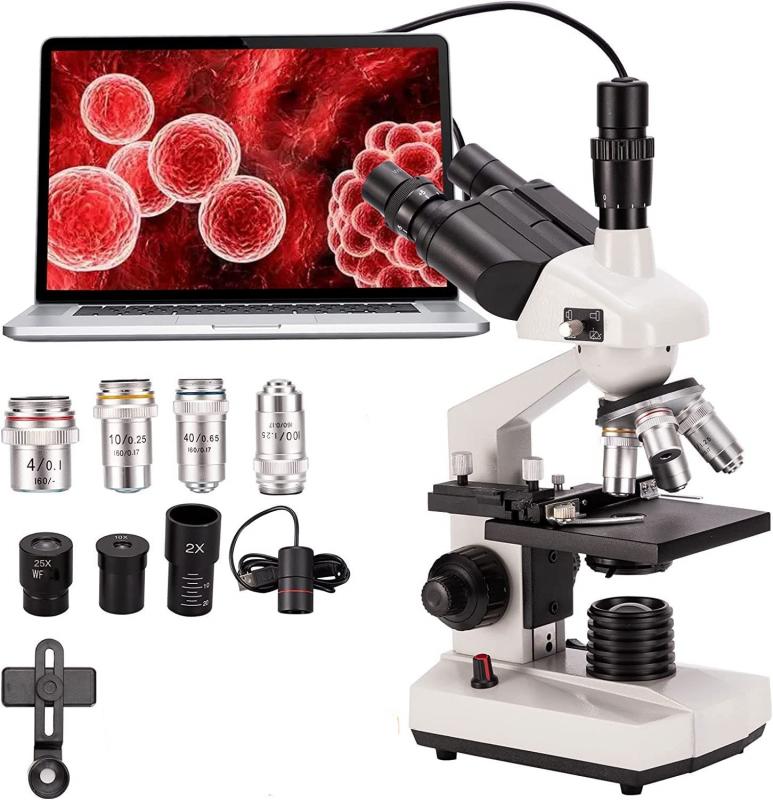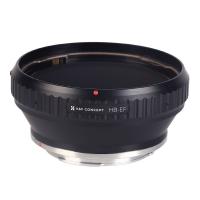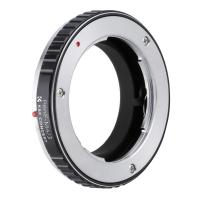What Is A Stage Microscope ?
A stage microscope is a type of microscope that has a platform or stage where the specimen or object being observed is placed. The stage is typically equipped with clips or holders to secure the specimen in place. This allows for precise positioning and stability during observation. The stage may also have mechanical controls to move the specimen in different directions, enabling the user to navigate and explore the sample. The stage microscope is commonly used in various scientific fields, such as biology, medicine, and research, to examine microscopic objects and organisms with high magnification and resolution.
1、 Optical components and magnification in a stage microscope
A stage microscope is a type of microscope that is commonly used in laboratories and educational settings for observing small objects or specimens. It consists of several optical components that work together to magnify the image of the specimen and allow for detailed examination.
The main optical components of a stage microscope include the objective lens, eyepiece, and stage. The objective lens is located near the specimen and is responsible for gathering light and forming a magnified image. The eyepiece, on the other hand, is located near the viewer's eye and further magnifies the image formed by the objective lens. The stage is where the specimen is placed and can be moved vertically or horizontally to adjust the focus and position of the specimen.
The magnification in a stage microscope is achieved through a combination of the objective lens and eyepiece. The objective lens typically has multiple lenses with different magnification powers, allowing for various levels of magnification. The eyepiece usually has a fixed magnification power, which further increases the overall magnification of the image.
In recent years, there have been advancements in stage microscope technology. Digital microscopes, for example, have become increasingly popular. These microscopes use a digital camera to capture images of the specimen, which can then be viewed on a computer screen or other digital devices. This allows for easier sharing and analysis of the images.
Additionally, there have been improvements in the resolution and clarity of stage microscopes. High-quality lenses and advanced imaging techniques have led to sharper and more detailed images. Some microscopes also incorporate advanced features such as fluorescence microscopy, which allows for the visualization of specific structures or molecules within the specimen.
Overall, stage microscopes continue to be essential tools in scientific research, education, and various industries. The optical components and magnification capabilities of these microscopes enable scientists and students to explore the microscopic world and gain a deeper understanding of the objects and organisms around us.

2、 Types of stage microscopes: compound and stereo microscopes
A stage microscope is a type of microscope that is commonly used in laboratories and educational settings for observing small objects or specimens. It consists of a stage, which is a flat platform where the specimen is placed, and a set of lenses that magnify the image of the specimen.
The stage microscope is designed to provide a clear and detailed view of the specimen by using a combination of lenses and light sources. The specimen is placed on the stage and is illuminated from below by a light source. The light passes through the specimen and is then magnified by the lenses, allowing the observer to see the details of the specimen.
There are two main types of stage microscopes: compound microscopes and stereo microscopes. Compound microscopes use a series of lenses to magnify the image of the specimen, allowing for high magnification and resolution. They are commonly used in biological and medical research, as well as in educational settings.
On the other hand, stereo microscopes, also known as dissecting microscopes, provide a three-dimensional view of the specimen. They use two separate optical paths to create a stereoscopic image, which allows for a more detailed examination of the specimen's surface. Stereo microscopes are often used in fields such as forensic science, entomology, and electronics.
In recent years, there have been advancements in stage microscope technology, such as the integration of digital imaging systems. These systems allow for the capture and analysis of images and videos of the specimens, providing researchers with a more efficient and accurate way to study and document their findings.
Overall, stage microscopes are essential tools in scientific research and education, enabling scientists and students to explore the microscopic world and gain a deeper understanding of the natural world around us.
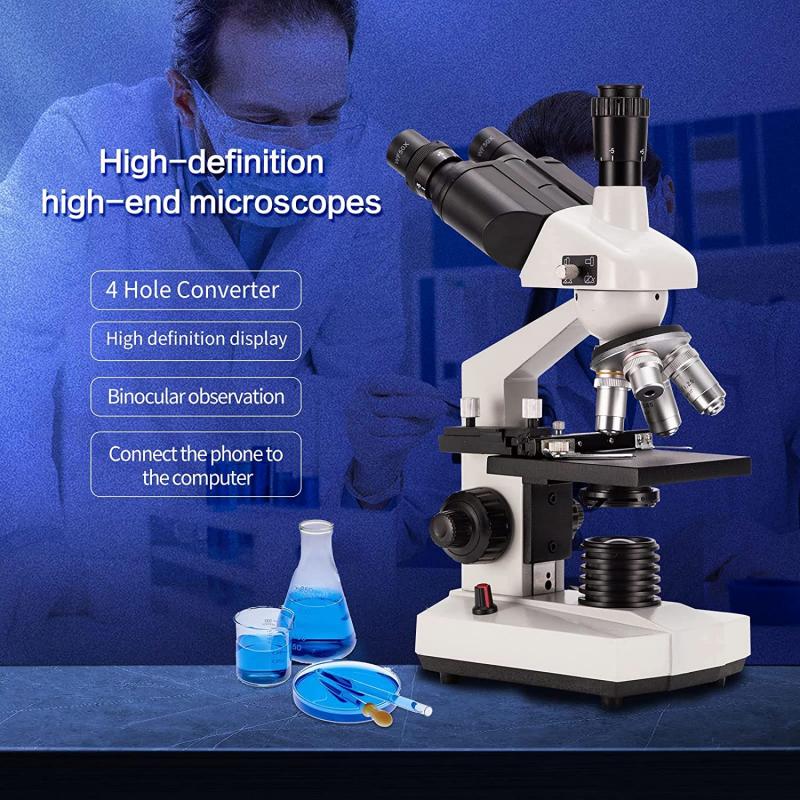
3、 Working principles of a stage microscope
A stage microscope is a type of microscope that is commonly used in laboratories and educational settings for observing small objects or specimens. It consists of a base with a stage on which the specimen is placed, and an optical system that magnifies the image of the specimen.
The working principles of a stage microscope involve the use of lenses and light to magnify and illuminate the specimen. The specimen is placed on the stage and is typically held in place with clips or a slide. The stage can be moved vertically or horizontally to position the specimen under the objective lens.
The objective lens is the primary lens that magnifies the image of the specimen. It is located just above the stage and can be rotated to switch between different magnification levels. The eyepiece lens, located at the top of the microscope, further magnifies the image and allows the viewer to see the enlarged image.
Light is an essential component of a stage microscope. It is typically provided by a built-in light source, such as a halogen bulb or LED, which is located beneath the stage. The light passes through the specimen and is focused by the lenses to create a magnified image.
In recent years, advancements in technology have led to the development of digital stage microscopes. These microscopes incorporate digital cameras and software that allow the user to capture and analyze images of the specimen on a computer screen. This enables easier sharing of images and data, as well as the ability to perform measurements and analysis directly on the computer.
Overall, stage microscopes are versatile and widely used tools in scientific research, education, and various industries. They provide a means to observe and study microscopic objects and have played a crucial role in advancing our understanding of the natural world.
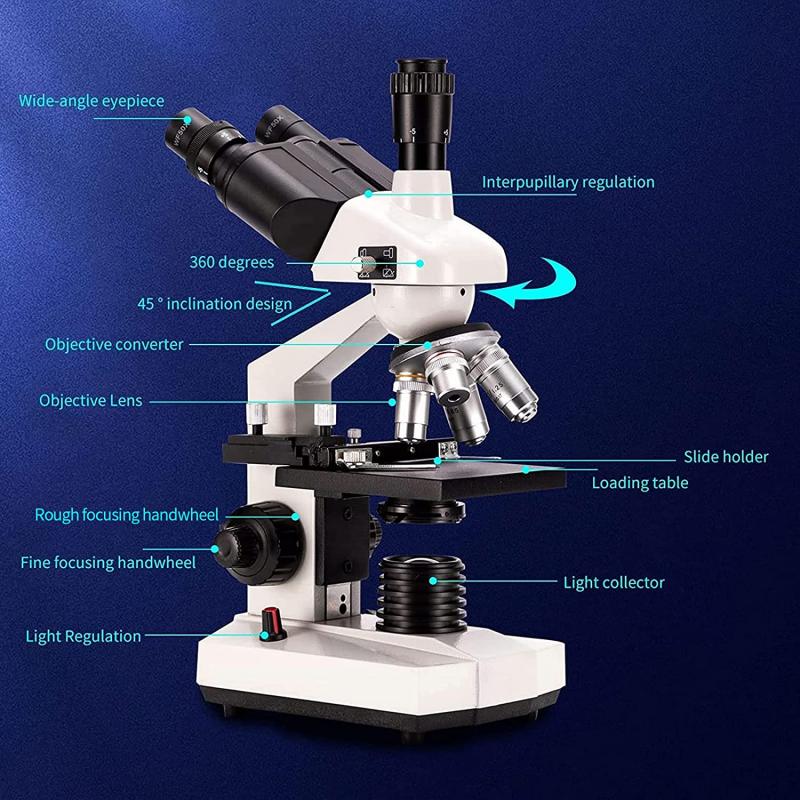
4、 Applications and uses of stage microscopes in various fields
A stage microscope, also known as a compound microscope, is a type of microscope that consists of two or more lenses to magnify small objects. It is called a stage microscope because it has a stage where the specimen is placed for observation. The stage allows for precise positioning and movement of the specimen, making it easier to focus and examine different areas.
Stage microscopes are widely used in various fields for research, education, and quality control purposes. In biology and medicine, they are used to study cells, tissues, and microorganisms. They are essential tools in microbiology labs for identifying and studying bacteria, viruses, and other pathogens. In the field of pathology, stage microscopes are used to examine tissue samples for diagnosing diseases.
In the field of materials science, stage microscopes are used to analyze the structure and composition of materials at the microscopic level. This is crucial for understanding the properties and behavior of materials, which is important for developing new materials and improving existing ones. Stage microscopes are also used in forensic science for analyzing trace evidence such as fibers, hairs, and fingerprints.
In recent years, stage microscopes have seen advancements in technology, such as the integration of digital imaging capabilities. This allows for real-time observation and documentation of specimens, making it easier to share and analyze data. Additionally, there have been developments in automated stage microscopes, which can scan and analyze large areas of a specimen automatically, saving time and effort.
Overall, stage microscopes play a vital role in various fields, enabling scientists, researchers, and educators to explore and understand the microscopic world. With ongoing advancements, these microscopes continue to evolve and contribute to advancements in scientific knowledge and technological innovations.
